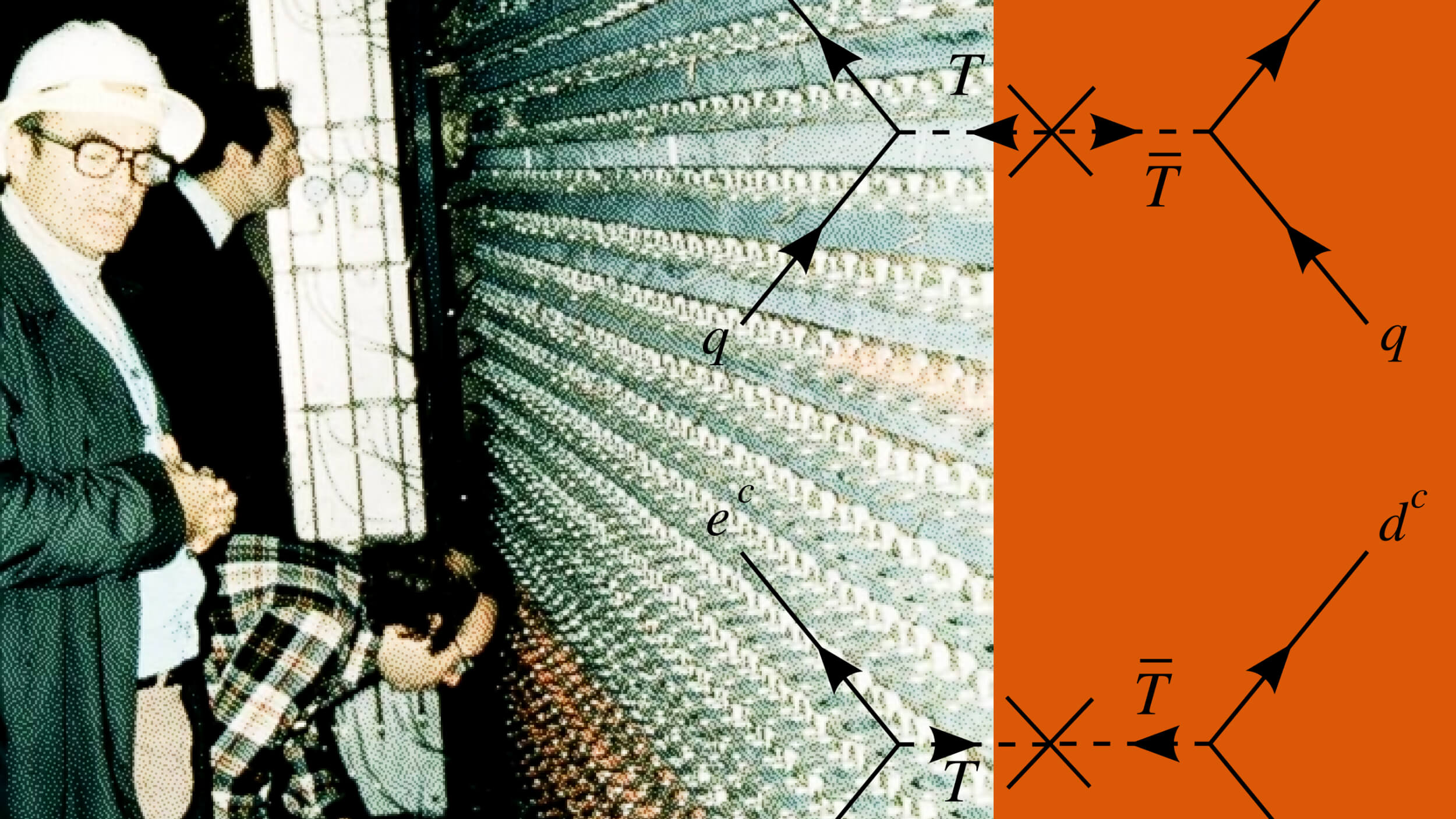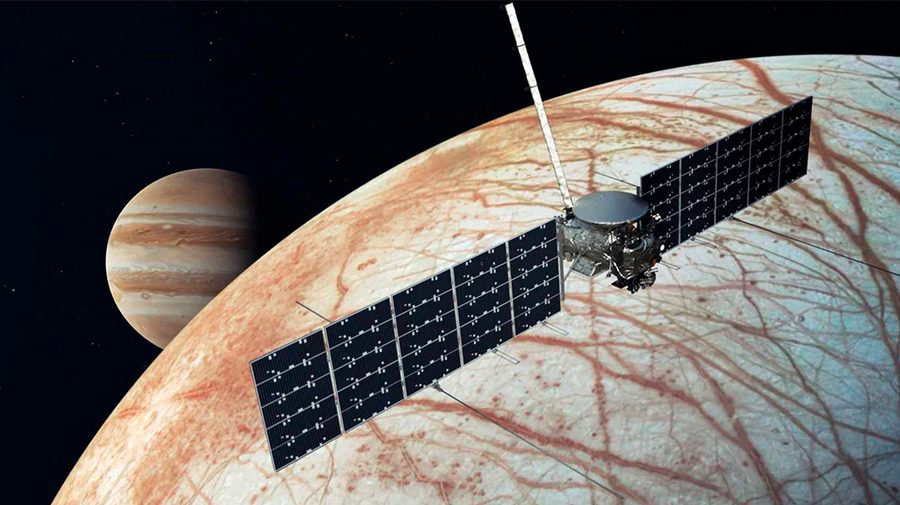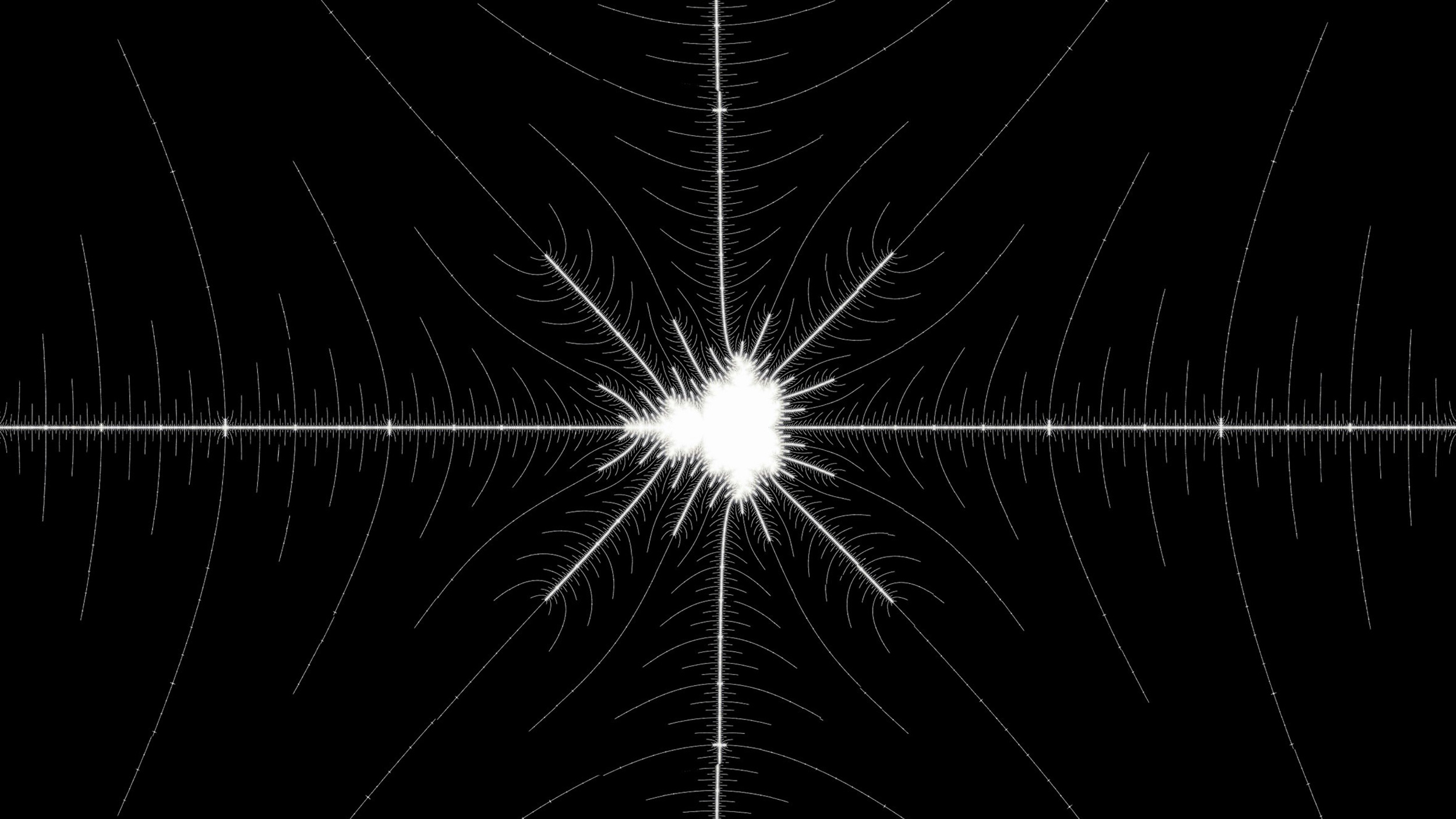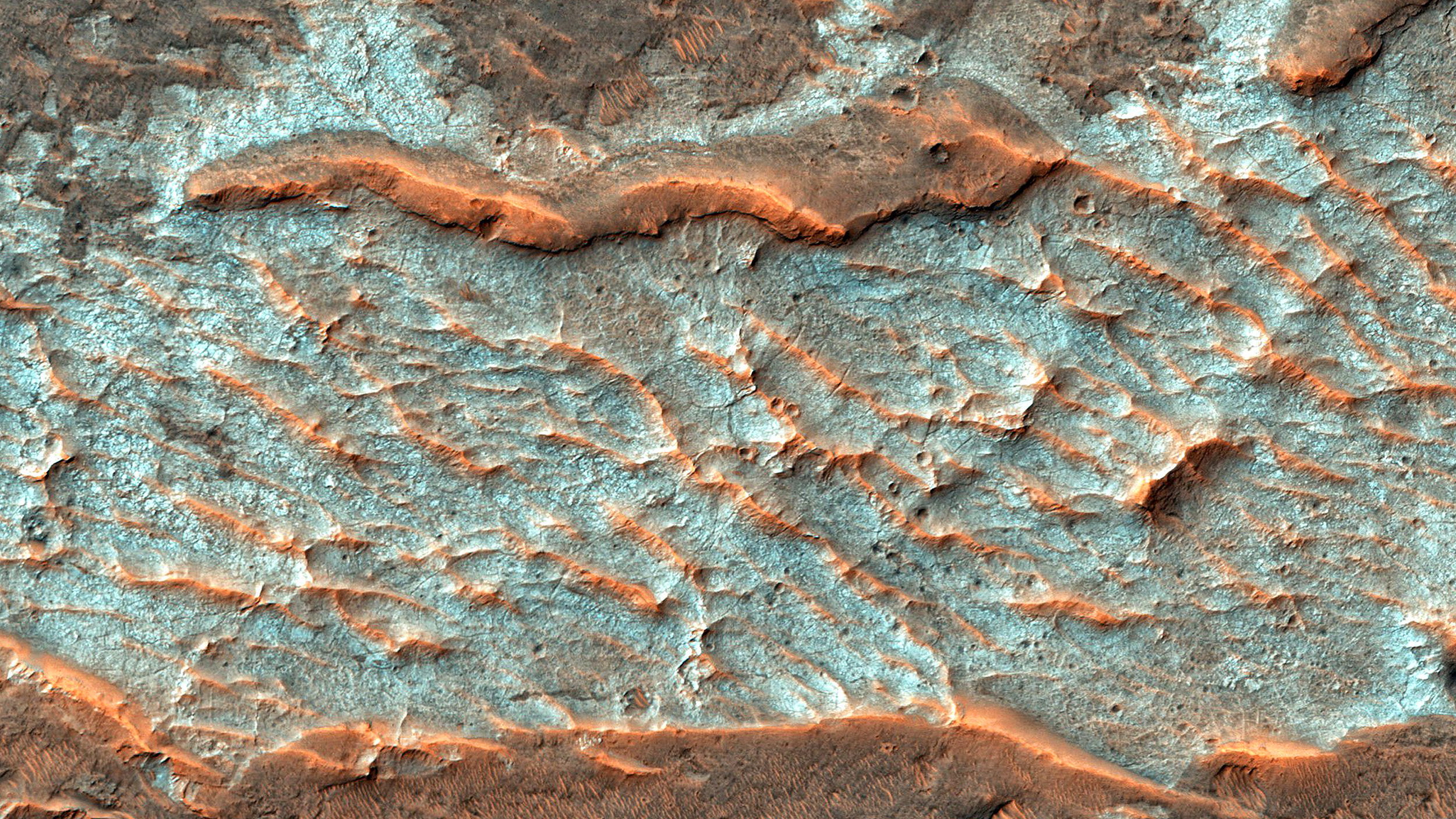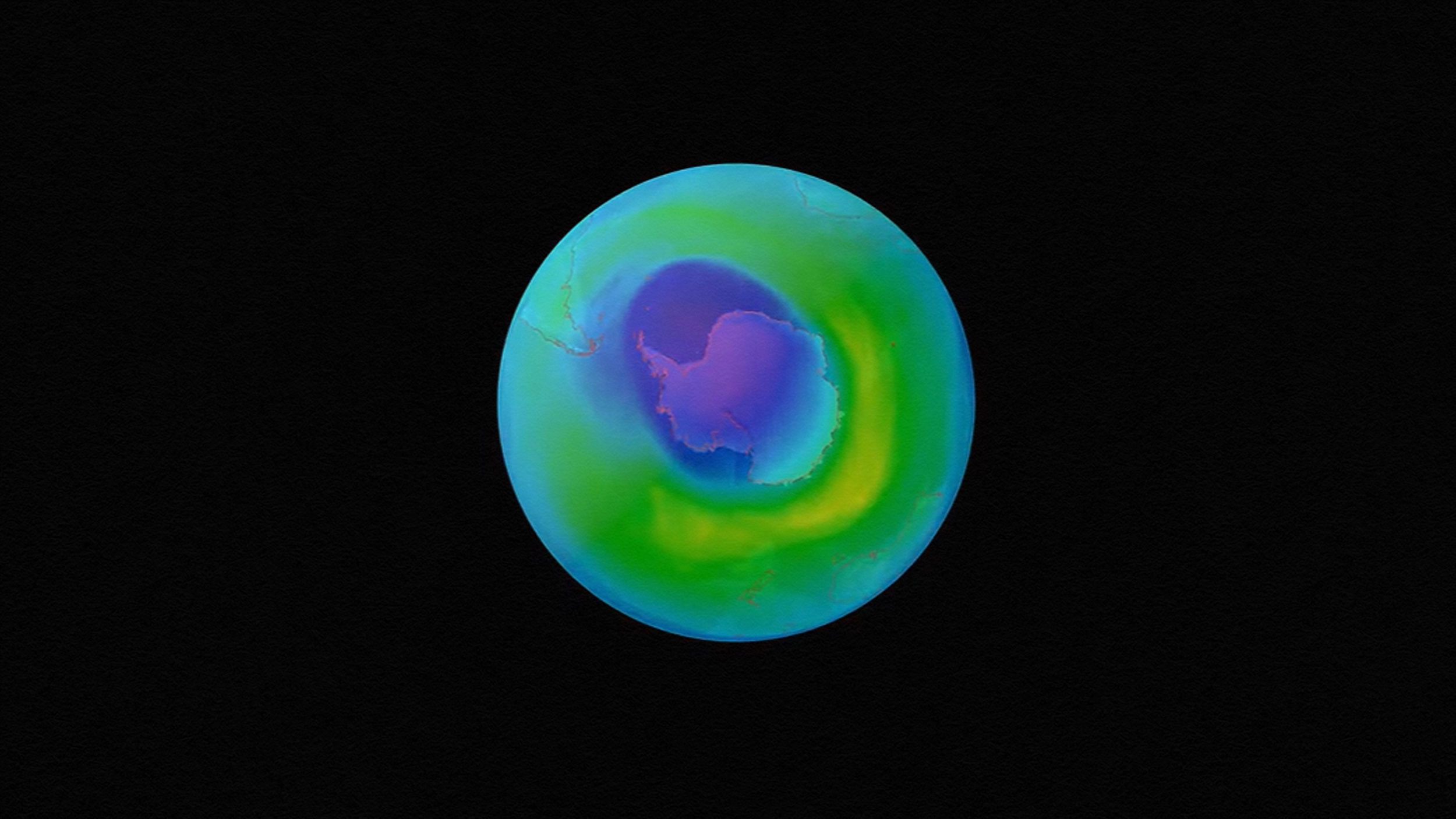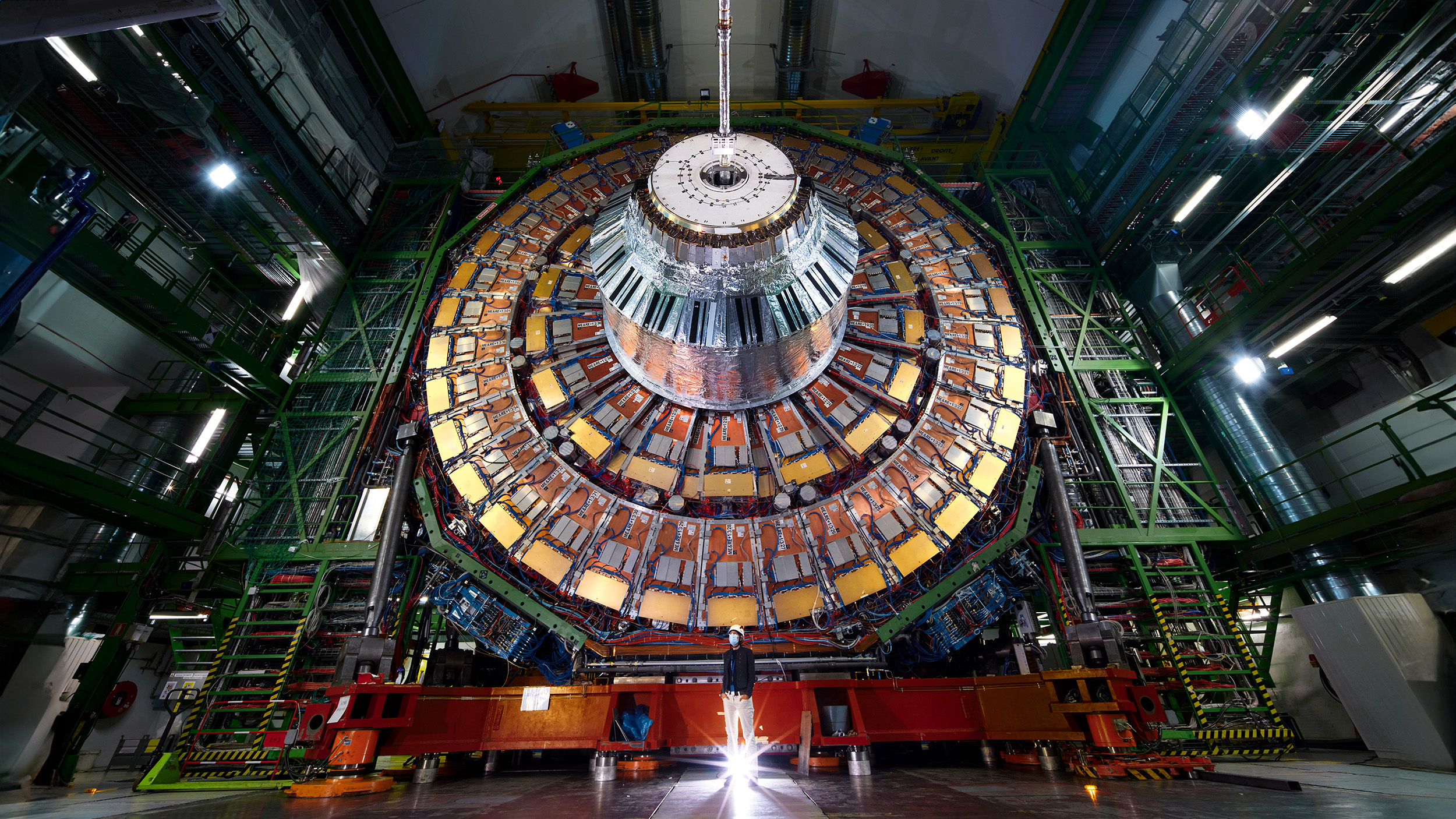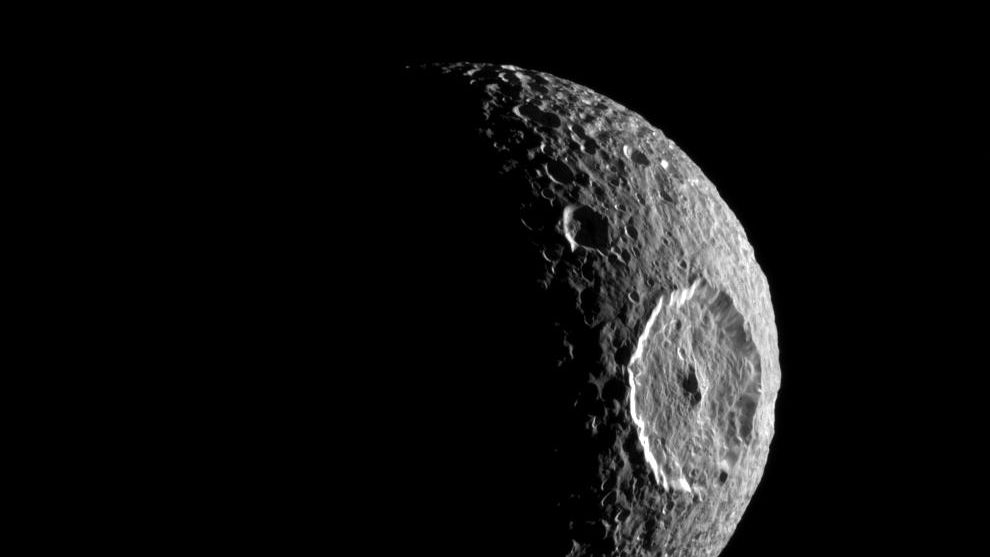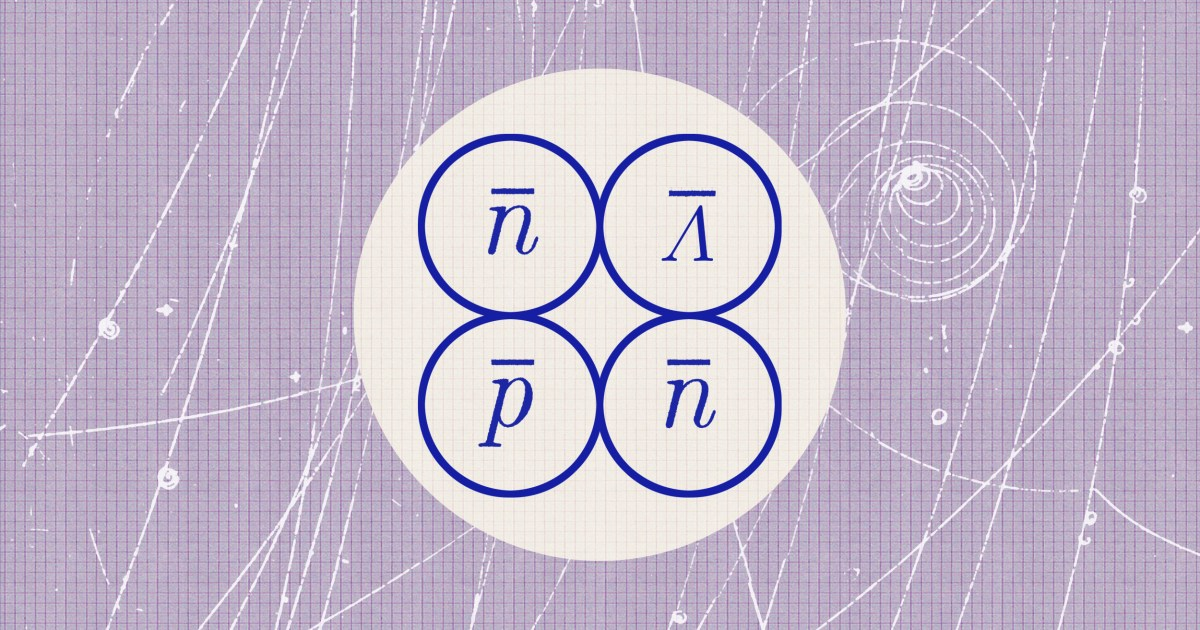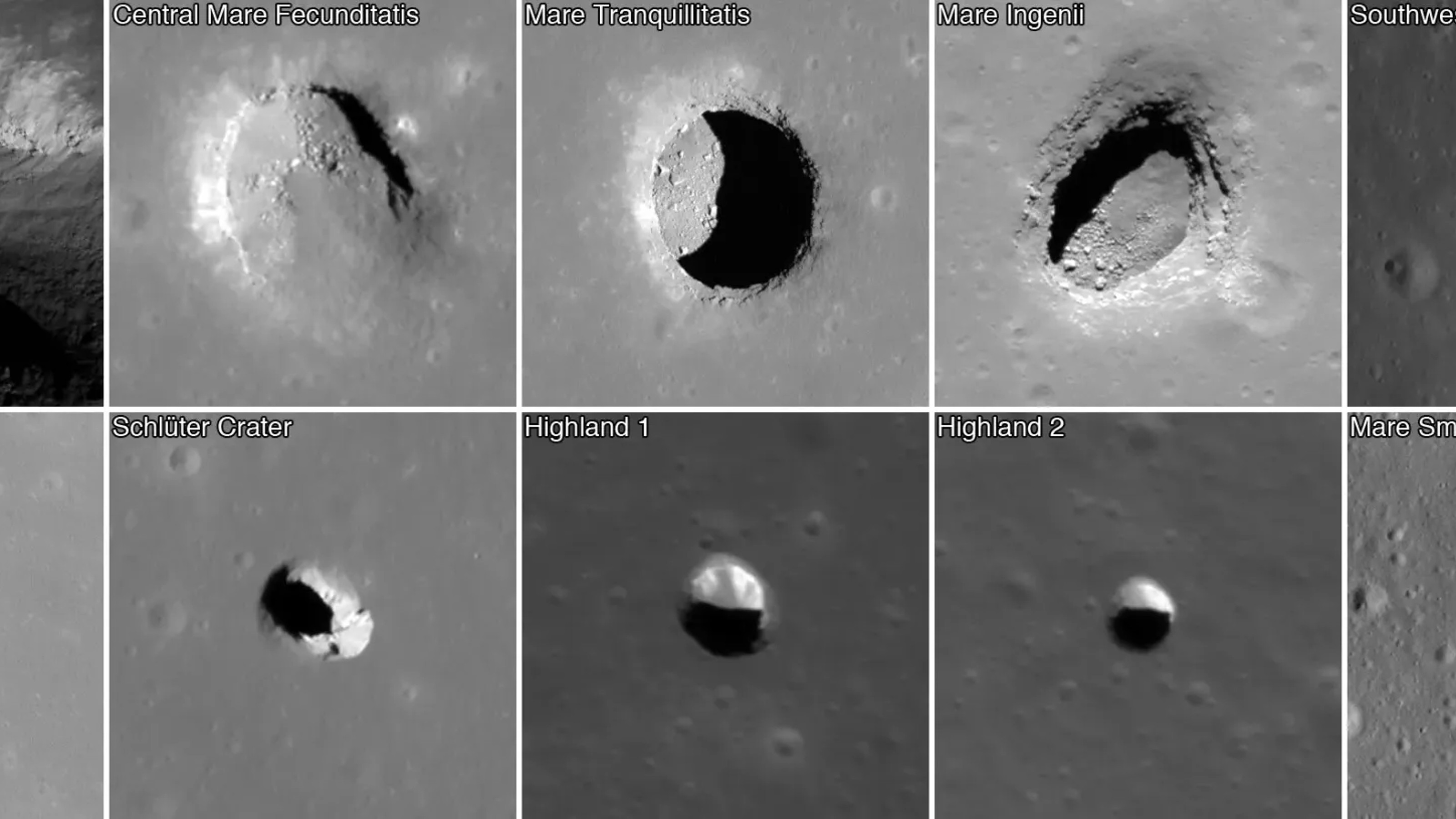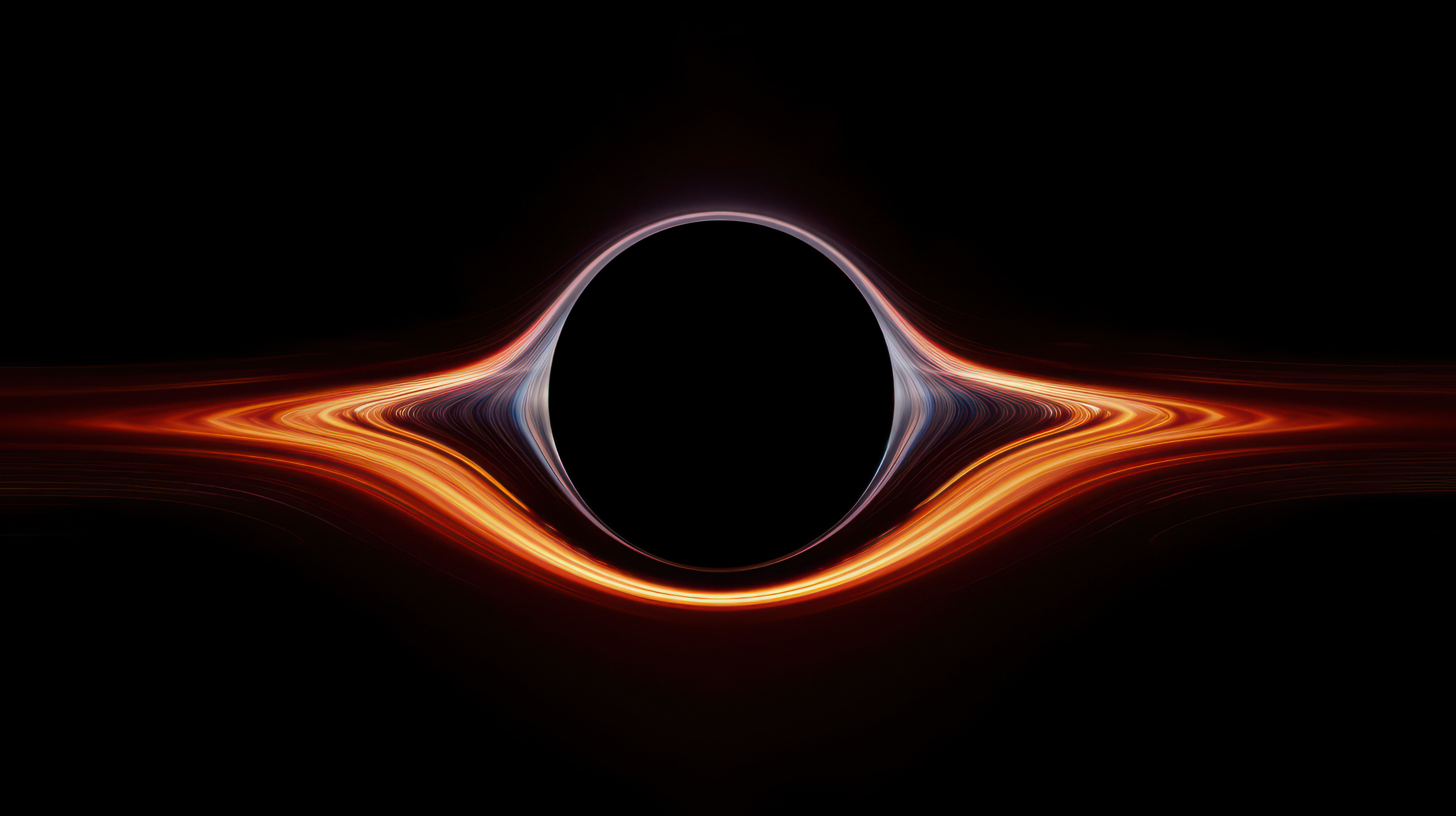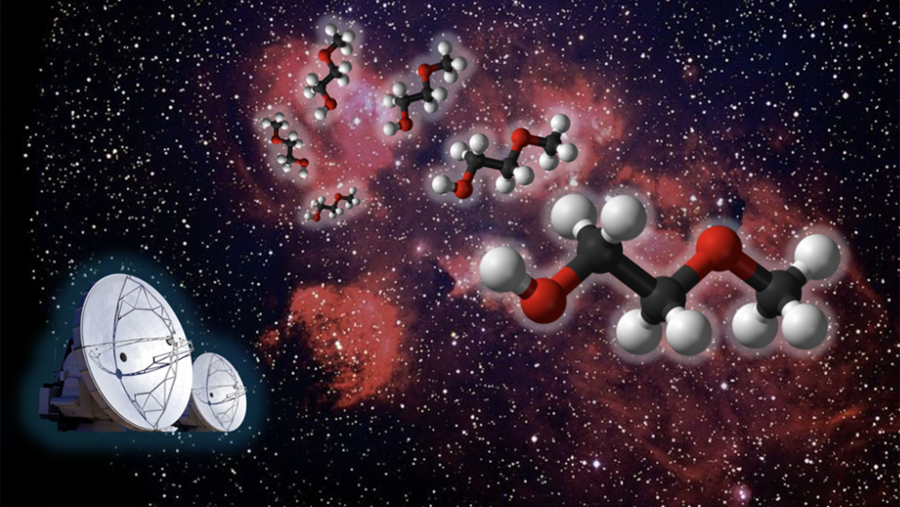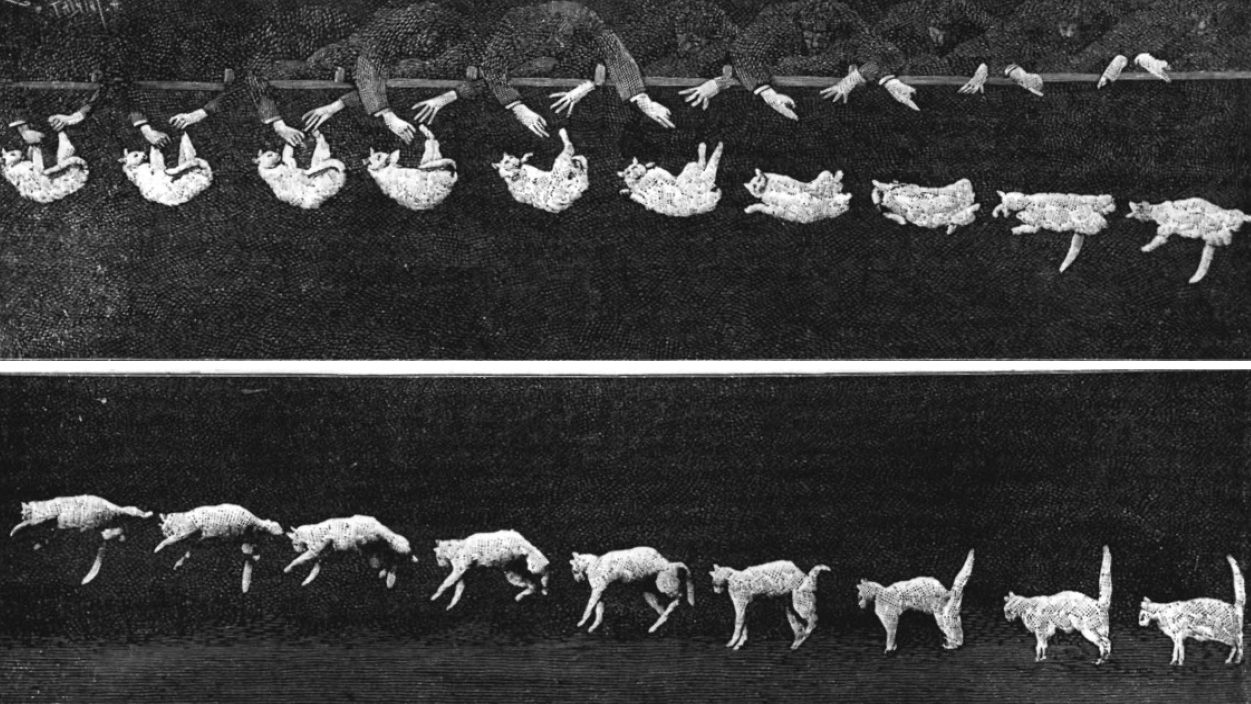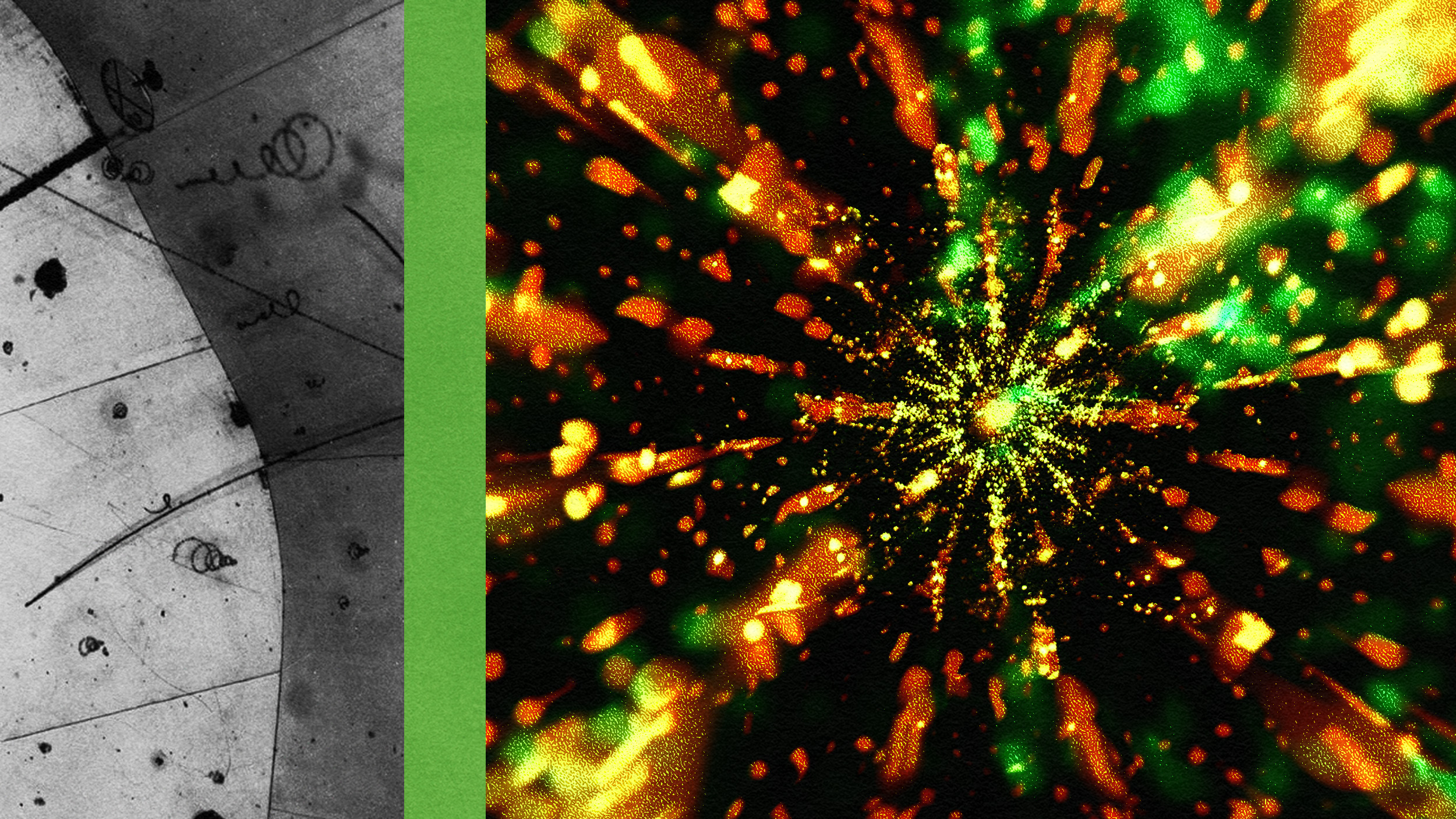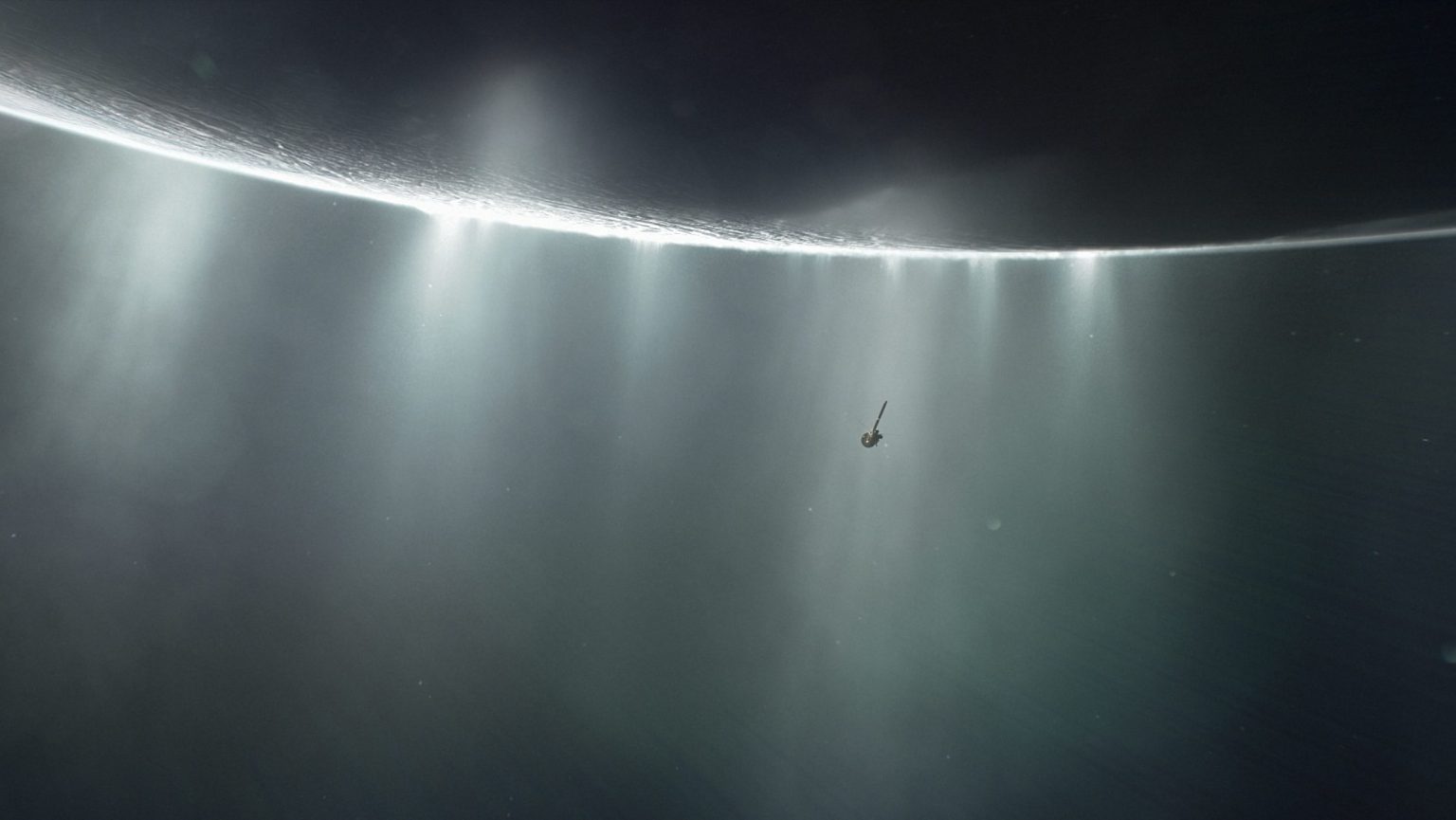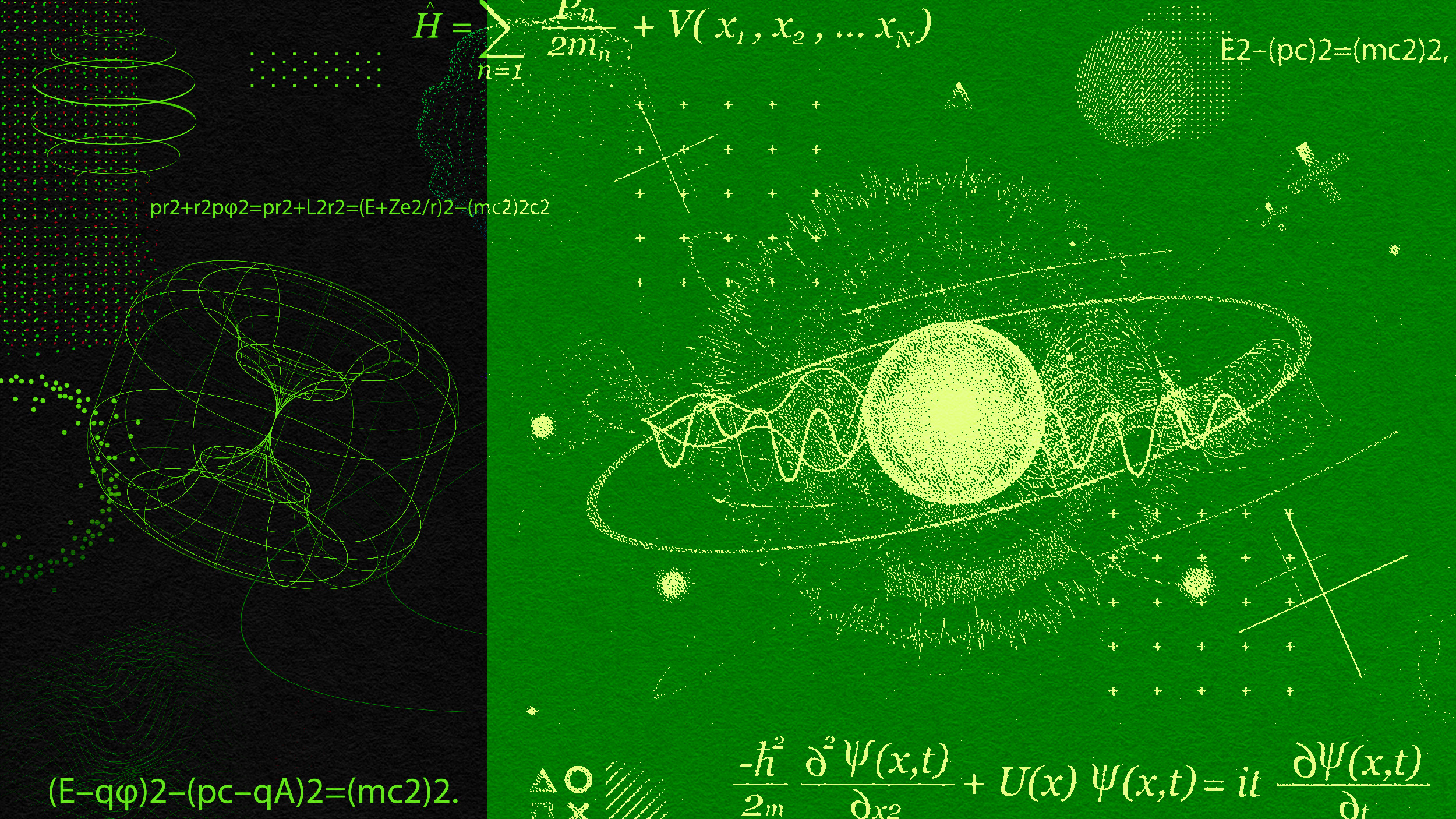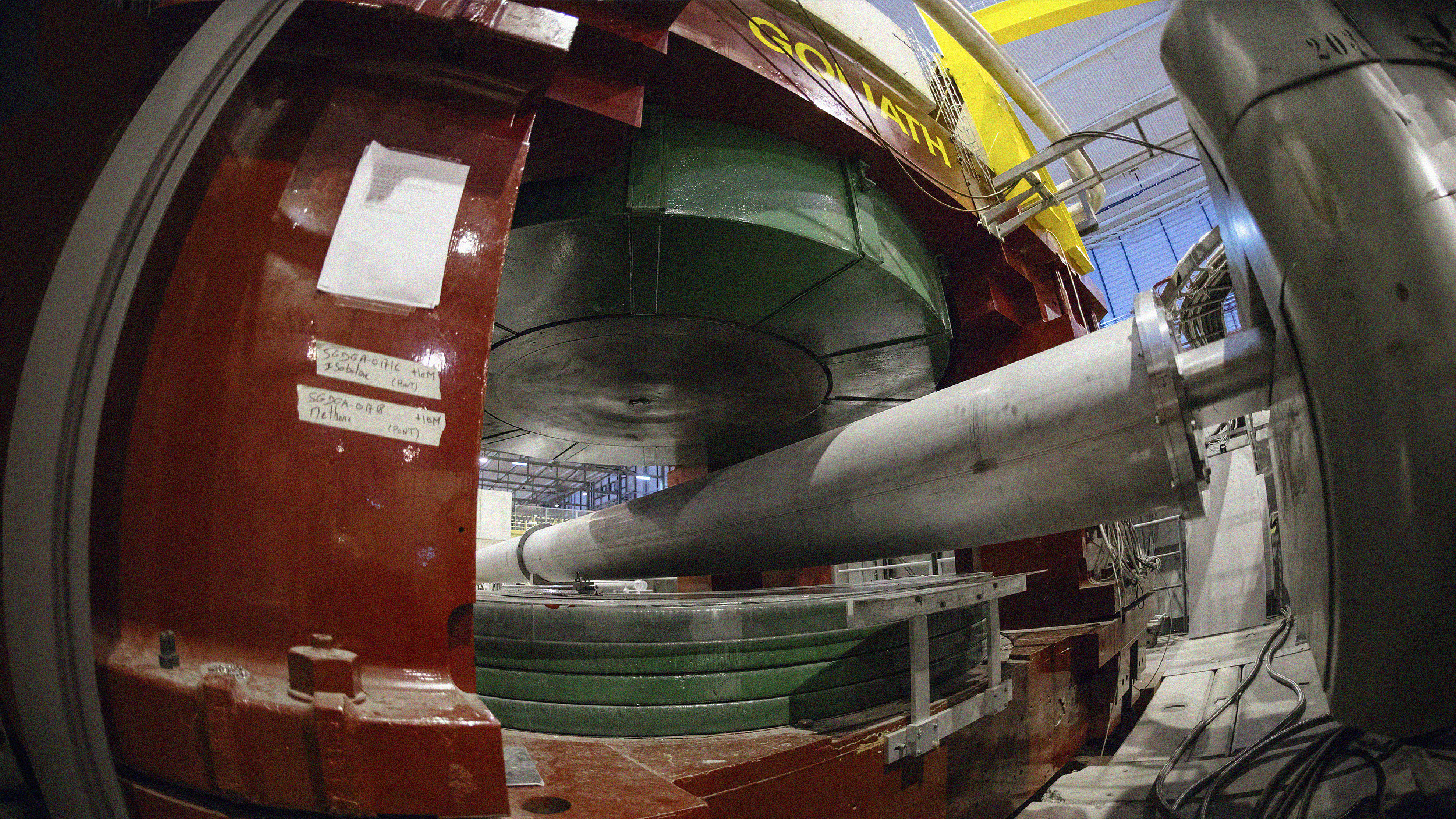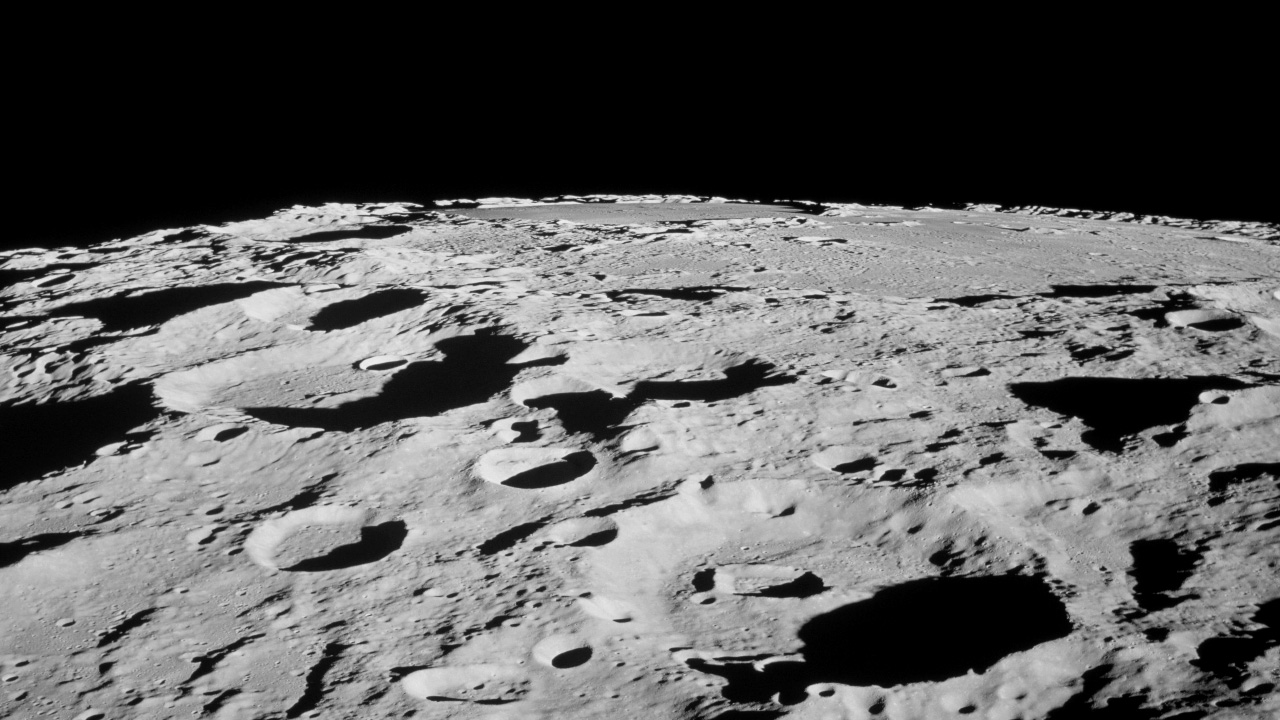Recent controversies bode ill for the effort to detect life on other planets by analyzing the gases in their atmospheres.
The race to find dark matter could grow more complex with high-energy neutrino interference.
Why hasn’t matter fallen apart over billions of years? The mystery might start with protons.
MIT Scientist Jason Soderblom describes how the NASA mission will study the geology and composition of the surface of Jupiter’s water-rich moon and assess its astrobiological potential.
The secret sauce is the real world.
Caption:“At this time in Mars’ history, we think CO2 is everywhere, in every nook and cranny, and water percolating through the rocks is full of CO2 too,” Joshua Murray says.
Watching for changes in the Red Planet’s orbit over time could be new way to detect passing dark matter.
Physicists recently created Coordinated Lunar Time, a time zone for our Moon.
Are breakthroughs really a matter of chance, or are they simply waiting to be uncovered by the right person at the right time?
Scientists might be looking for Martian life in the wrong place.
A scientist’s first-hand account shows the world can tackle a global environmental crisis.
CERN scientists achieved record-breaking accuracy in mapping the mass of a key particle in the Standard Model.
A recent experiment challenges the leading dark matter theory and hints at new directions for uncovering one of the Universe’s biggest mysteries.
The existence of another watery world in the outer solar system may offer clues to how such seas form — and hope for another spot to search for life.
Researchers at the Brookhaven National Laboratory recently created the heaviest exotic antimatter hypernucleus ever observed.
DUNE is designed to detect the Universe’s most antisocial particle: the neutrino.
The recent discovery of a large cave on the Moon highlights the importance of caves not just for future space explorers but astrobiology as well.
Why dispelling the notion that it’s all about getting the correct answer is so powerful.
Quarks and leptons are the smallest known subatomic particles. Does the Standard Model allow for an even smaller layer of matter to exist?
A recent paper in the journal Physical Review Letters claims to prove that a “kugelblitz” is not possible.
Such discoveries help researchers better understand the development of molecular complexity in space during star formation.
Cats twist and snakes slide, exploiting and negotiating physical laws. Scientists are figuring out how.
The Extremely Large Telescope (ELT) will have a light-collecting power 10 times greater than today’s best telescope.
The properties of a ghostly particle called a neutrino are coming into focus.
A long view of biological survival might point us to new possibilities for finding life elsewhere in the Universe.
This research team is working out how to detect extraterrestrial cells in the liquid water ocean hidden beneath Enceladus’s icy crust.
The evolution of quantum technology is far from over.
CERN’s NA64 experiment used a high-energy muon beam technique to advance the elusive search for dark matter, offering new hope for solving one of astronomy’s greatest mysteries.
The Moon is the most likely place for evidence from the dawn of life on Earth to be preserved in cold storage.


